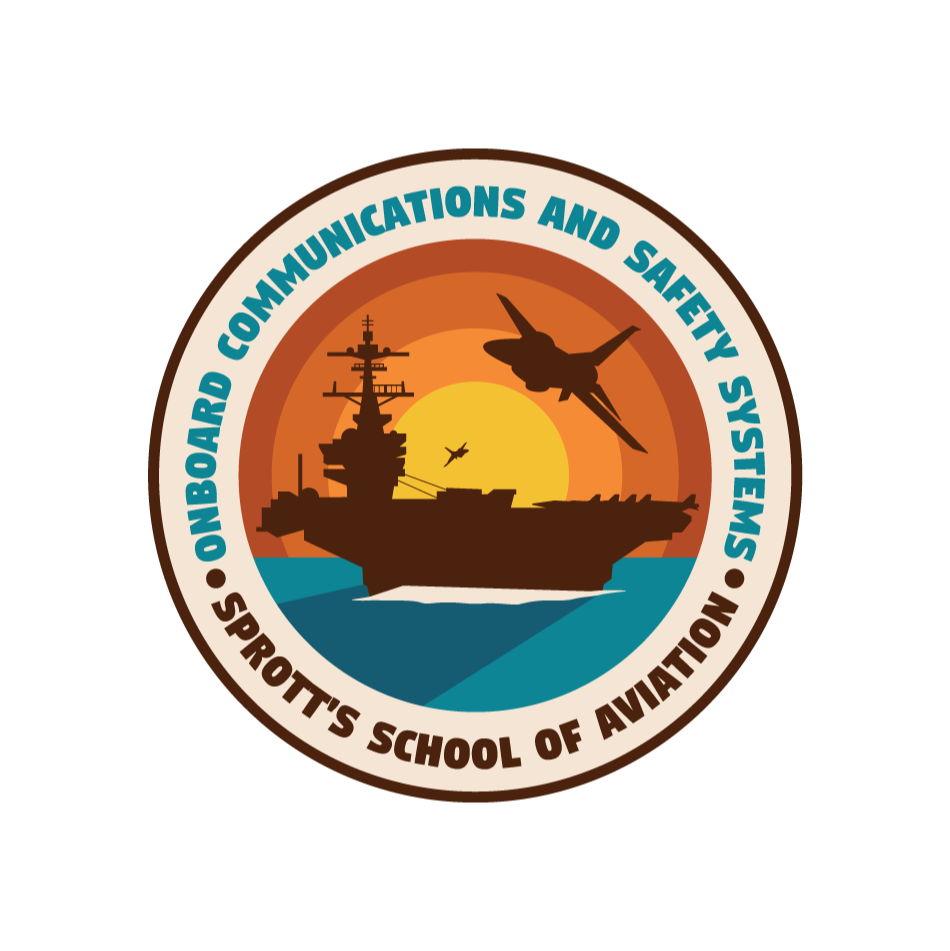The history of onboard communication and safety systems in aviation traces a trajectory of remarkable innovation and integration, paralleling advancements in technology and the ever-growing demands for safer and more efficient air travel. Initial methods of onboard communication were rudimentary, often relying on visual signals or basic radio transmissions, and safety measures were largely preventative, emphasizing mechanical reliability over electronic aids. As technology progressed, however, the advent of complex communication systems like VHF radios, satellite-based communication, and data-link protocols revolutionized the way pilots communicate with ground control and other aircraft. Concurrently, safety mechanisms also evolved, moving from simple warning lights to advanced systems such as Traffic Collision Avoidance Systems (TCAS) and Emergency Locator Transmitters (ELTs). These integrated systems of communication and safety have thus become cornerstones in modern aviation, continually enhancing the pilot’s situational awareness, decision-making capabilities, and, ultimately, the safety of the aircraft and its passengers.
The Onboard Communication & Safety Systems (OCS) AET-Endorsement is a specialized certification focusing on the intricacies of maintaining vital onboard systems in aircraft. It addresses key areas including safety protocols, audio distribution mechanisms, cockpit voice recorders, flight interphone systems, passenger address systems, and Emergency Locator Transmitters (ELTs). Each of these components plays a critical role in both everyday operations and emergency scenarios. By mastering these areas, maintainers gain the expertise to uphold operational integrity, ensure clear and effective communication, and meet rigorous safety standards.
Maintenance professionals equipped with the OCS AET-Endorsement possess comprehensive skills that range from basic safety measures to highly specialized communication systems. Understanding how to properly install, troubleshoot, and maintain these systems is essential for smooth flight operations. For example, the Emergency Locator Transmitter is vital for initiating rescue efforts in dire situations, and the Cockpit Voice Recorder serves as both a quality control tool and a crucial component for incident investigations. In a field where lives are often at stake, the comprehensive training provided by this endorsement becomes invaluable, making it an indispensable asset for aviation maintainers.

